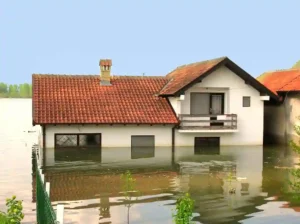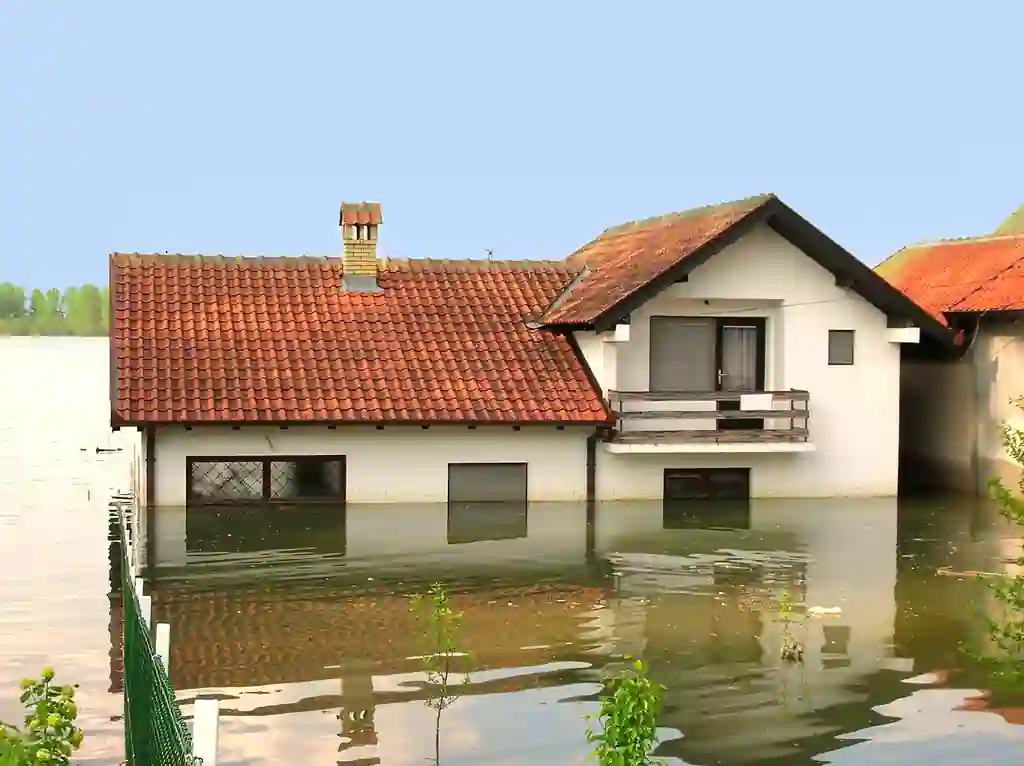Flood insurance is an essential safeguard for
homeowners and renters in the USA, providing financial protection against the devastating effects of floods. As climate change increases the frequency and severity of flooding events, understanding how to secure this type of insurance is more critical than ever. This guide will walk you through the key steps to obtaining flood insurance, including understanding what it covers, determining your risk, and finding the right policy.
Understanding Flood Insurance
Flood insurance covers damages caused by flooding, which is typically not included in standard homeowner’s or renter’s insurance policies. Floods can result from a variety of sources, including heavy rainfall, storm surges, blocked storm drainage systems, snowmelt, and broken dams or levees.
What Does Flood Insurance Cover?
Flood insurance policies generally cover two main types of property:
- Building Property Coverage: This covers the physical structure of your home, including the foundation, electrical and plumbing systems, appliances, and permanently installed carpeting, paneling, and bookcases.
- Personal Property Coverage: This covers personal belongings such as clothing, furniture, electronics, and other personal items up to a specified limit.
Policies have specific exclusions and limitations, so it’s essential to read the fine print. For instance, they typically do not cover temporary housing costs or damage to vehicles.

Assessing Your Flood Risk
Before purchasing flood insurance, it’s important to assess your flood risk. This can help you understand the level of coverage you might need and influence your premium rates.
Tools to Determine Flood Risk
- FEMA Flood Maps: The Federal Emergency Management Agency (FEMA) provides flood maps that show flood zones, which indicate the level of flood risk for different areas. You can access these maps through the FEMA Flood Map Service Center website.
- Community Resources: Your local government or floodplain manager can provide information about flood risks in your area.
- Historical Data: Reviewing historical data on flooding in your region can give you an idea of past flood events and potential future risks.
High-Risk vs. Low-Risk Areas
- High-Risk Areas: Properties in high-risk flood zones (Special Flood Hazard Areas, SFHAs) are more likely to experience flooding. Lenders typically require homeowners in these areas to have flood insurance as a condition of their mortgage.
- Moderate-to-Low Risk Areas: Properties in these areas may still experience flooding, but the risk is lower. While not mandatory, flood insurance is recommended as over 20% of flood claims come from these areas.
Obtaining Flood Insurance
Once you’ve assessed your flood risk, the next step is to obtain flood insurance. Here’s how:
1. Research Providers
Flood insurance can be purchased through:
- National Flood Insurance Program (NFIP): Managed by FEMA, the NFIP provides flood insurance to property owners, renters, and businesses. Policies are sold through private insurance companies and agents.
- Private Flood Insurance: Some private insurers offer flood insurance policies that may provide higher coverage limits and additional benefits not available through NFIP policies.
2. Contact an Insurance Agent
Find a licensed insurance agent who sells flood insurance. If you already have homeowners or renters insurance, your current agent may also sell flood insurance or can refer you to another agent.
3. Get a Quote
Request a flood insurance quote. The cost of flood insurance varies based on several factors, including:
- Property location and flood zone
- The age and type of construction of the building
- Elevation of the property (elevation certificates may be required)
- Coverage amount and deductible chosen
4. Review and Purchase the Policy
Carefully review the policy details, including coverage limits, exclusions, and deductibles. Once you’re satisfied, purchase the policy. Keep in mind that NFIP policies typically have a 30-day waiting period before coverage becomes effective, so plan accordingly.
Reducing Flood Insurance Costs
While flood insurance is vital, it can be expensive. Here are some strategies to help reduce costs:
Elevation
Raising your property above the base flood elevation (BFE) can significantly lower your premiums. This can be done through structural elevation or other floodproofing measures.
Mitigation Efforts
Implementing flood mitigation measures such as installing sump pumps, using flood-resistant materials, and improving drainage systems can lower your flood risk and potentially reduce your premiums.
Community Rating System (CRS)
Communities that participate in the NFIP’s Community Rating System (CRS) program may receive discounts on flood insurance premiums. The program encourages communities to take proactive floodplain management measures.
Conclusion
Securing flood insurance is a critical step in protecting your property and financial well-being from the potentially devastating effects of floods. By understanding your flood risk, exploring insurance options, and taking steps to reduce premiums, you can ensure you are adequately covered. Remember, even if you live in a low-risk area, flood insurance can provide peace of mind and crucial financial protection in the event of unexpected flooding.

